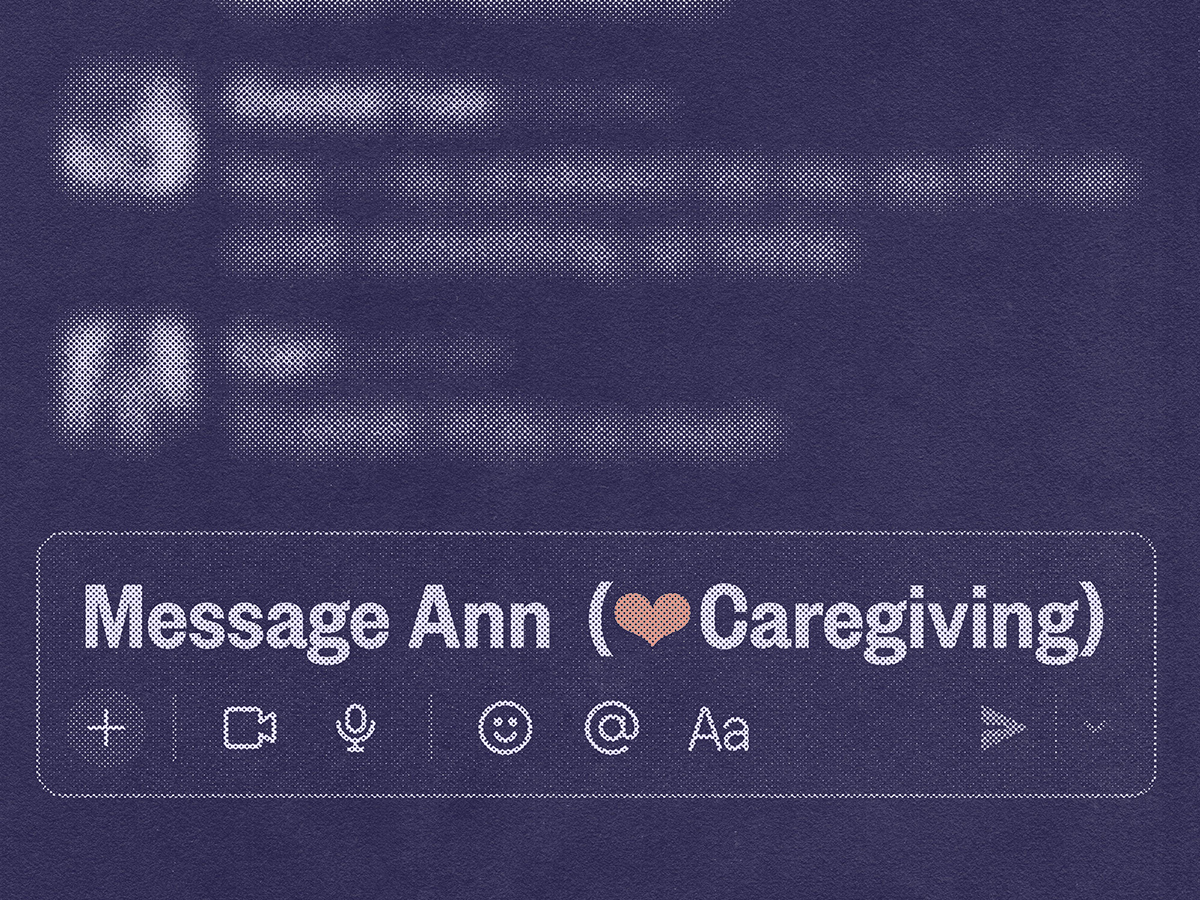Researchers estimate that nearly three-quarters of employees have some form of caregiving responsibility, but many of them fly under the radar at the workplace—a phenomenon Julia Cohen Sebastien, CEO and co-founder of the employer-based caregiver-support platform Grayce, has described as “quiet caregiving.”
“Most people are dealing with something outside of work with caring for loved ones, but most people are stressed out about it and most people don’t talk about it,” Sebastien says.
But when workplaces help bring those obligations out into the open, she explains, they can begin to more effectively answer some key questions about their caregiver employees: “How do they recruit and retain the best talent, given everything that’s happening in the market? How do they support people in being able to show up at work? How do they better support diversity, equity, and inclusion in terms of thinking about who their caregivers are?”
We spoke recently with Sebastien about how employers can address quiet caregiving. Here are excerpts, lightly edited for space and clarity:
Charter columnist S. Mitra Kalita wrote recently: “If everybody is now a caregiver, how can employers help, well, everybody?” How would you answer that?
I think there’s value in going a little deeper. And sometimes you see this with employee resource groups (ERGs), for example. You see some companies that had parent ERGs that now have become caregiver ERGs. But I would recommend you actually give people the space to self-identify into smaller subgroups. Some of it just comes down to mapping, what is that landscape of what people are dealing with and what are the different types of care? There’s care for elders. Care for adults, which is more parallel to care for elders. And then there’s care for children. And are you planning for care, or are you actively in some sort of care stage, or are you in more of a crisis through bereavement stage?
One of the biases that employers have that’s consistently getting in their way is assuming that caregiving means early childcare, young children. Literally yesterday I was talking to a consultant who said they had a very large company that thought they needed on-site childcare. But it was really about understanding, ‘Actually, that’s not really the core of what your population needs based on what your population’s demographics are. There’s more of an elder-care need in that particular population.’
And then you think about, well, what’s the income of that population? What are the problems that we’re solving for? So it’s not just what types of care, who are the care recipients, and what stages of care. It’s also, does that population need help with knowledge, time, money, or emotional stress? Usually people need help with some combination of those. The most consistent is emotional stress. No matter how much money you make, this is still a complicated topic for people. Then depending on your workforce, it’s giving people time back versus giving people money back. Most employers will think it’s all about young kids and they’ll think it’s all about money, and that’s not the answer for every population.
How would you advise organizations to balance that deeper view with supporting as wide a swath of employees as possible?
The question is, what is the result that you want? What’s the business problem you’re trying to solve? That might be how you keep people at work, or giving people more knowledge and support, giving them more time back. But also, what’s the emotional state that you want to invoke in the employee? How do I show people that in their hardest moments in their life, we’re there for them? An employee may not really remember whether they got one week off or whether they were given an extra 2% match in their 401k, but if they literally were in a job where their mother almost died, their spouse was going through intensive chemo, or their child was struggling with enormous issues in getting the right treatment for neurodiversity, they’ll remember who was the employer and who was the manager that helped to make it possible to manage that.
And did you manage to lead people to solutions? It’s not just about ‘Here’s 70 bucks for you to pay for care’ or ‘Here’s a week for you to go figure out how to take care of your mom’ because, okay, so you have that week and say you have that $70—what do you do with it? And how do you know how to cut right through the noise?
Don’t just think that because you throw some money or some time at people, just because you give them a stipend for backup care or just because you add some amount of leave, that you solve their problem. You’ll never be able to solve the cost of care. That’s far beyond what an employer can do. And you’re simply not going to be able to offer all the time that people may need. But think about what role you can have in supporting employees.
What can workplaces do to help employees be more forthcoming about identifying as caregivers?
I think the issue is about solving the problem for people rather than forcing people to use nomenclature. And so the big thing is getting people to just talk more about how this is fundamental to humanity. We all take care of someone, whether you’re a spouse, a sibling, a parent, a child, a friend—you may have no next of kin, but maybe it’s the person you see every day. And so why do we need to try to tell everyone that they’re a caregiver, rather than just normalizing and getting people to talk about those normal things? When it comes to organizations, that really starts from the top. How do leaders model that by talking about their own care responsibilities and just acting like that’s normal?
